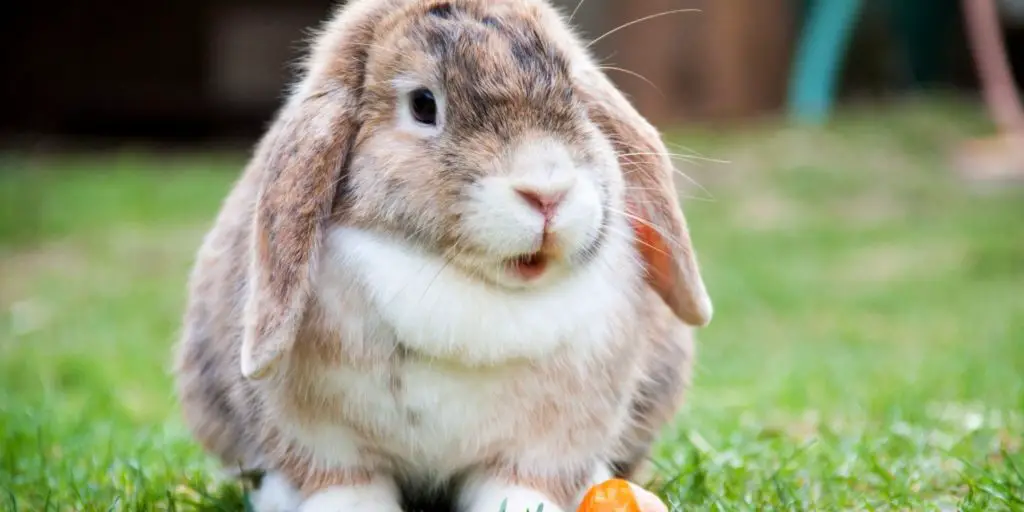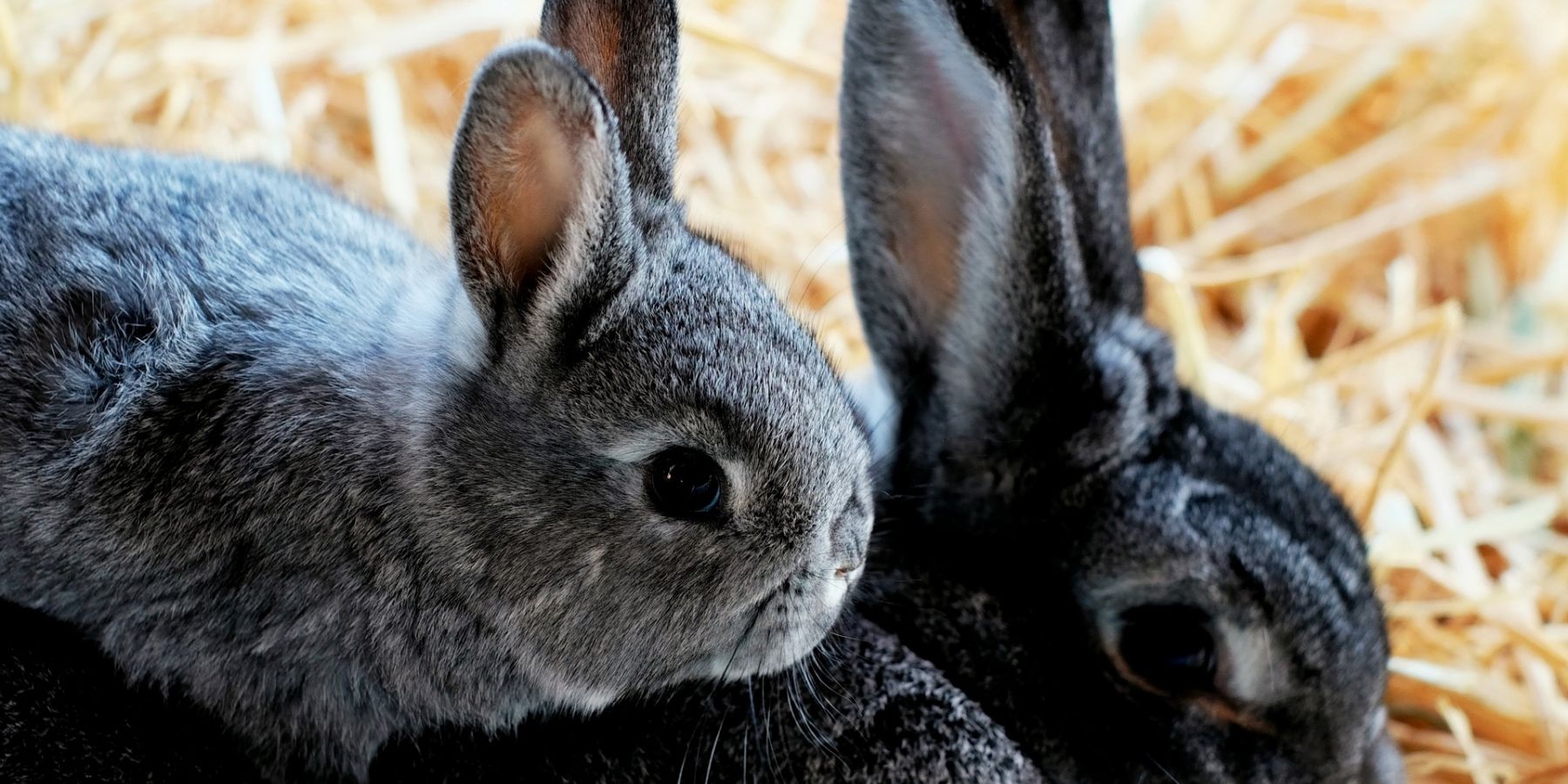Understanding the Rabbit Dewlap: A Unique Bunny Feature
Rabbit dewlap, bunny neck fat, rabbit double chin are a few of the many names for the fluffy bit of fat on a rabbit’s neck. But, what exactly is a rabbit dewlap?
What Is A Dewlap On A Rabbit?
A dewlap is a small fatty fold or roll of skin in the rabbit’s chin. You will generally see it in female rabbits, but some males have it, too. The primary use of a bunny’s dewlap is to help prepare the rabbit for giving birth. Spayed and neutered rabbits have less pronounced dewlaps.
Why Do Rabbits Have Dewlaps?
A female rabbit uses her dewlap to line her nest with hair to make the bedding needed to keep her baby bunnies warm. The size, position, and shape of the dewlap allow the rabbit to quickly grab and remove hair as she builds the nest. As female rabbits mature, the dewlap becomes more visible. A female rabbit close to giving birth will start to pull hair from the dewlap to make her nest.
Do Male Rabbits Have Dewlaps?
Yes. It is not uncommon for male rabbits to have a dewlap. However, it is unlikely that a male will pull out its hair to make nests.
Do All Rabbit Breeds Have Dewlaps?
No. Not all types of rabbits have dewlaps. The size and shape of the rabbit dewlap vary by breed. For example, giant rabbit breeds like the Flemish Giant and French Lop have large dewlaps. But, species like the Giant Papillon, Self-Rexes, and Havana tend to have small dewlaps. And, some rabbits don’t grow a dewlap—for example, the Himalayan, Polish, Tan, and Netherland Dwarf.

Concerns About Rabbit Dewlaps
Two main concerns when it comes to rabbit dewlaps are grooming and moisture. Here are some things to consider:
Grooming
Large dewlaps can cause issues for overweight rabbits. Dewlaps can even make it difficult for rabbits to eat from their food bowl. A large dewlap can also prevent your rabbit from grooming itself. If you notice any of these issues with your pet rabbit, take it to the vet for advice. A vet can help come up with a weight loss diet for your bunny. You can also purchase a grooming kit to help with grooming.
Moisture
Additionally, a large dewlap can get wet and trap moisture in the folds more easily. This moisture allows bacteria to develop. The dewlap then becomes itchy and rash-like, which only stresses your rabbit. Worst case scenario, your rabbit develops an infection!
Some ways the rabbit’s dewlap can get wet are by drinking from a water bowl, drooling, and moisture on a humid day. Moisture can also form under a collar, and it’s one of the reasons rabbits should not wear collars. A wet dewlap can exhibit loss of hair that exposes red, inflamed skin and rashes.
A vet can use an antibiotic powder to treat the skin. You can prevent problems that arise from wet dewlaps by trimming the hair, so it dries faster and using water bottles and not bowls.
The Bottom Line
Female rabbits use their dewlaps to make bedding for their offspring. It is usual for a rabbit to pull hair from the dewlap to make nests. Rabbits that have been neutered or spayed tend to have smaller dewlaps. Overweight rabbits with large dewlaps can have difficulty grooming themselves and drinking or eating. These rabbits also have a higher risk of getting their dewlaps wet and developing an infection.
Thanks for reading about rabbit dewlaps on Rabbit Care Basics! If you found the article useful, why not check out some of our other topics or share our content with your friends?







